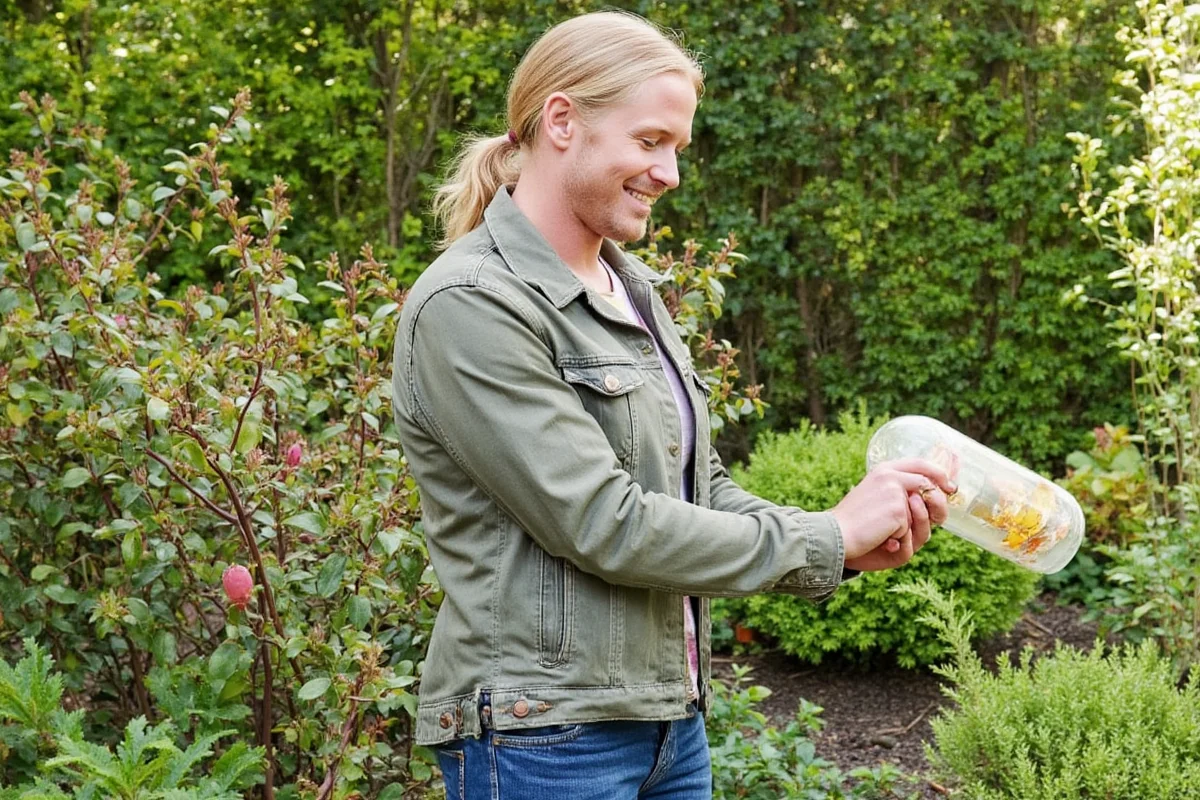Hardy succulents are a unique and fascinating group of plants that blend resilience with striking beauty. Known for their ability to thrive in less-than-ideal conditions, these succulents are perfect for gardeners seeking low-maintenance plants that can withstand temperature fluctuations and dry spells. Whether you're a seasoned botanist or a beginner gardener, learning about hardy succulents can enhance your horticultural experience. This article delves into everything you need to know about these robust plants, from their defining characteristics and care requirements to popular varieties, growing environments, and common problems.
What Are Hardy Succulents?
Hardy succulents are plants that have developed remarkable adaptations to survive in harsh environments, particularly those with low water availability and extreme temperatures. These plants are characterized by their thick, fleshy leaves and stems which store water to keep them hydrated during dry periods. Unlike their tender counterparts, hardy succulents can survive outdoors year-round, even in regions with cold winters.- Adaptable: Hardy succulents can thrive in a variety of climates, making them versatile additions to any garden.
- Drought-tolerant: Their water-storing capabilities allow them to endure long dry spells without needing frequent watering.
- Cold-resistant: Many hardy succulents can withstand temperatures well below freezing, making them perfect for colder climates.
- Low-maintenance: These plants require minimal care and can flourish with little intervention from gardeners.
Caring for Hardy Succulents
Proper care for hardy succulents involves understanding their specific needs and providing conditions that mimic their natural habitat. These needs can vary slightly depending on the specific variety of succulent, but there are general guidelines to follow.- Sunlight: Most hardy succulents prefer full sun. Aim to provide them with at least six hours of direct sunlight each day.
- Soil: Well-draining soil is crucial. Consider using a soil mix specifically designed for succulents and cacti.
- Watering: Succulents need watering during their active growing season (spring and summer), but their water needs are minimal. Allow the soil to dry out completely between waterings.
- Temperature: While some hardy succulents can withstand cold temperatures, it’s best to research the specific temperature tolerance of your chosen variety.
Popular Hardy Succulent Varieties
There are numerous hardy succulent varieties, each with unique forms, colors, and characteristics. Some of the most popular include:- Sempervivum (Hens and Chicks): Known for their rosette shape and ability to multiply rapidly, they can cover garden beds with ease.
- Sedum: Offering a wide range of textures and hues, sedums are versatile and attractive, with some varieties producing lovely flowers.
- Agave: Known for their dramatic, architectural leaves, agave plants add a bold statement to any garden.
- Delosperma (Ice Plant): Renowned for their bright and colorful blooms, these succulents provide a vibrant splash of color.
Growing Environments for Hardy Succulents
Choosing the right growing environment is key to the success of hardy succulents. Creating a space that mimics their natural habitat can encourage growth and enhance their beauty.- Rock Gardens: The perfect environment, as it provides excellent drainage and opportunities for stunning visual displays.
- Containers: Ideal for limited space, containers offer the flexibility to move succulents indoors during harsh weather, if necessary.
- Garden Beds: For larger areas, planting succulents in prepared garden beds allows them to spread and thrive.
- Vertical Gardens: Using wall planters or hanging pots, succulents can be grown up walls for a unique visual impact.
Common Problems and Solutions
Like all plants, hardy succulents can face problems that may hinder their growth or survival. Understanding these potential issues and knowing how to address them can make all the difference.- Overwatering: The most common problem. Ensure soil drains well and allow it to dry out between waterings.
- Pests: Watch for common pests like aphids or mealybugs, and treat them with appropriate insecticides or natural remedies.
- Fungal Diseases: Often caused by excess moisture, reducing watering and ensuring good air circulation can help prevent these issues.
- Freezing Temperatures: While many are cold-hardy, severe freezes can damage succulents. Consider moving container-grown plants indoors during cold snaps.
| Aspect | Details |
|---|---|
| Adaptability | Thrives in diverse climates |
| Drought Tolerance | Stores water in leaves and stems |
| Cold Resistance | Can handle sub-freezing temperatures |
| Maintenance Level | Requires minimal care |
In conclusion, hardy succulents are a remarkable group of plants that offer beauty and resilience, making them a perfect choice for gardeners of all skill levels. With various species offering unique aesthetics and being easy to care for, they simplify gardening while enhancing landscapes. By understanding their needs, selecting the right varieties, and providing ideal growing environments, you can enjoy a thriving succulent garden all year round.











 浙公网安备
33010002000092号
浙公网安备
33010002000092号 浙B2-20120091-4
浙B2-20120091-4